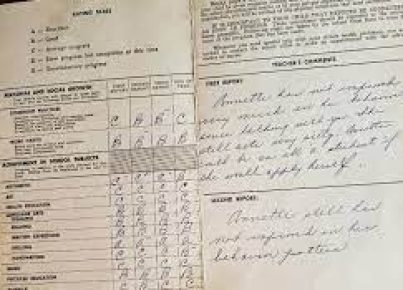Student portfolios are a collection of projects which educators ask students to prepare and submit for evaluation. Since these portfolios provide a vast outlook into the student’s academic progress over the academic period under evaluation, they offer a stronger depiction of the student’s knowledge, as opposed to individual tests or assignments.
Here are the key arguments put forward by educators who support the use of student portfolios:
· They help assess a student’s learning progress and achievement: In the classroom, student portfolios can be used to document and assess the skills, knowledge, and work habits students attain in school. This will help teachers fine-tune their instructional strategies based on evidence that indicate that students either aren’t or are learning what they were taught.
· Help teachers track and assess learning progress over time: Though quizzes and tests give teachers information about students’ knowledge at a particular point in time, portfolios can show how their growth, maturity, and improvement as learners over the course of a school year(s) or project(s). That’s why some educators say that portfolios shouldn’t merely be collections of a student’s best work. Instead, they should include work and evidence that show how students improved over time. An example could be the multiple versions of an essay that reveal how students had revised and improved their work based on their teachers’ or peer-to-peer feedback.
· Help teachers evaluate their students’ application of knowledge: Using student portfolios, teachers can decide if their students can apply their knowledge to different subject areas and new problems. Conducting a test will simply help teachers find out, for example, if their students have learned a particular mathematical skill. But can they apply that skill to a complex problem in computer science, geography, or economics? Can they apply it to develop a better plan for a theoretical business? Or use it to carry out a statistical analysis of a massive data set? Teachers can even use student portfolios to assess their students’ learning and work in non-school contexts (say, in an independent community project).
· Encourage students’ ownership of learning: Portfolios can persuade students to take more responsibility and ownership over their learning process. Some schools use portfolios as a method for students to evaluate and critique their own work and academic progress, often while deciding what their portfolios should include. When evaluating a portfolio, teachers may also ask students to explain the association between specific work products and a course’s academic goals and expectations.




